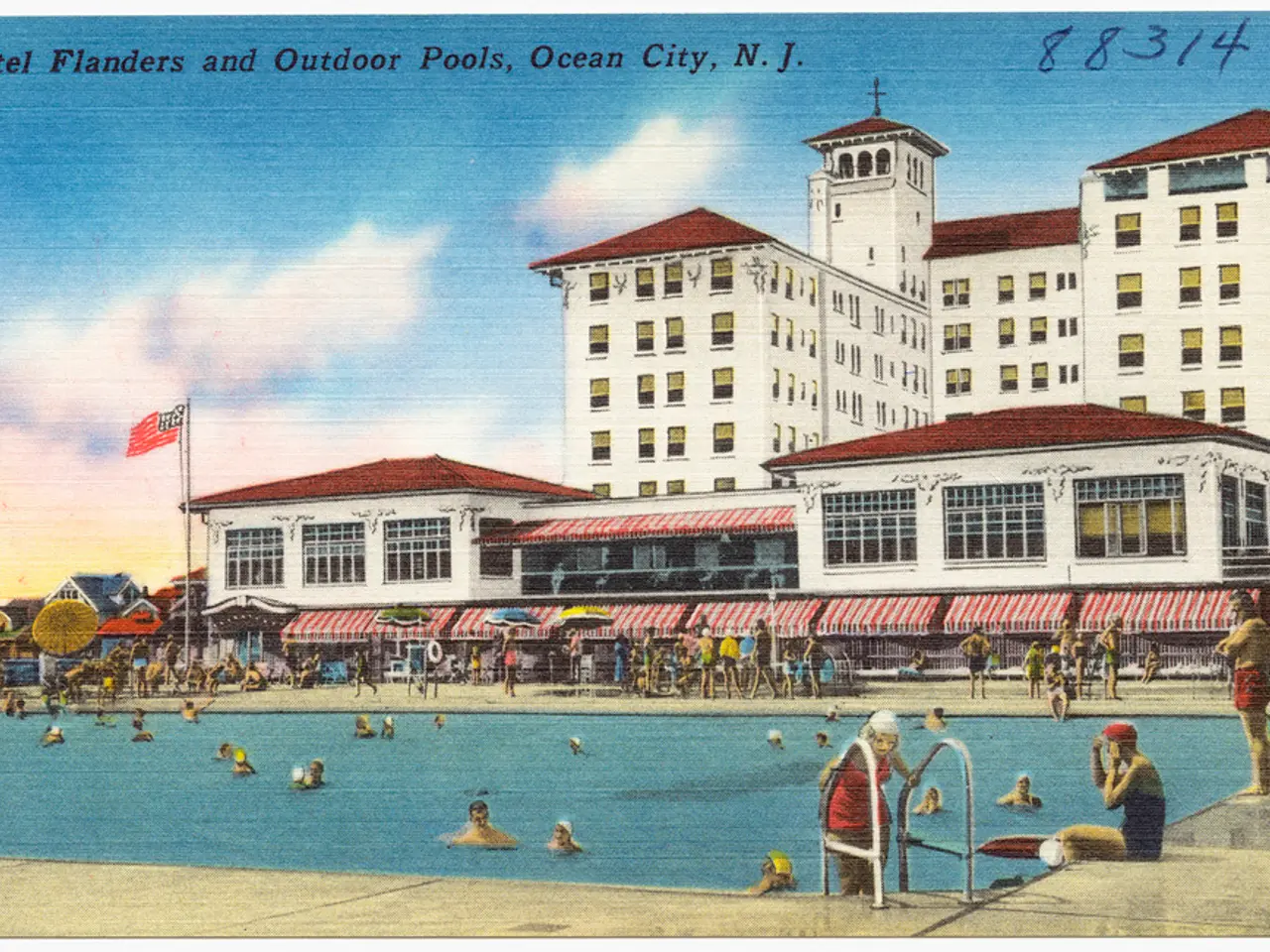Catalogued Motion Pictures
Exploring the Evolution of Film Movements: A Journey Through Time
Film history is a rich tapestry of artistic styles and movements that have shaped the way we tell stories on the silver screen. Here, we delve into some of the most significant film movements that have left an indelible mark on cinema.
Cinema of Attractions
The earliest days of cinema were characterized by the Cinema of Attractions, a genre that focused on spectacle and visual exhibition rather than narrative storytelling. Early films like The Arrival of a Train at La Ciotat (1897) and A Trip to the Moon (1902) showcased the power of cinema as a medium, highlighting texture, color, and the cinematic spectacle itself.
Italian Futurism
As the world embraced modernity and industrial progress, Italian Futurism emerged. This movement emphasized speed, technology, and dynamic movement, as seen in films like Vita Futurista (1916) by Arnaldo Ginna and Bruno Corra.
German Expressionism
German Expressionism, with its distorted sets, stark lighting contrasts, and stylized acting, sought to convey subjective emotions and psychological states. The Cabinet of Dr. Caligari (1920), directed by Robert Wiene, is a classic example, with its dramatic use of shadows and exaggerated forms to symbolize inner turmoil.
Impressionist Cinema
Impressionist Cinema, on the other hand, focused on visual impression, moods, and emotions. Techniques like soft focus, rapid editing, and subjective camera angles were used to create a dream-like atmosphere, as seen in the works of Abel Gance and Jean Epstein.
Surreal Cinema
Surreal Cinema pushed the boundaries of narrative with dream-like, illogical sequences, symbolic imagery, and unexpected juxtapositions. Salvador Dalí and Luis Buñuel’s Un Chien Andalou (1929) is a prime example, with its bizarre and unsettling imagery.
Soviet Montage
Developed by filmmakers like Sergei Eisenstein, Soviet Montage emphasized editing as a tool to create meaning and emotional impact through juxtaposition of images. Battleship Potemkin (1925) demonstrates this technique effectively, creating intellectual and emotional effects through its montage sequences.
Poetic Realism
Poetic Realism, a French movement, blended realistic settings with a lyrical, fatalistic tone, often focusing on the marginalized or working class. Marcel Carne's Port of Shadows (1938) and Children of Paradise (1945) are notable examples, characterized by moody visuals and a melancholic atmosphere.
Film Noir
Film Noir, an American style, marked cynical heroes, morally ambiguous characters, and dark, shadowy cinematography. The Big Sleep (1946), directed by Howard Hawks, and Orson Welles' Touch of Evil (1958) exemplify this genre, with their emphasis on crime, urban settings, and fatalism.
Italian Neorealism
Post-WWII, Italian Neorealism emerged, focusing on the everyday life of ordinary people. Bicycle Thieves (1948), directed by Vittorio De Sica, is a poignant example, shot on location with non-professional actors, embodying its socially concerned, realist style.
Parallel Cinema (India)
Parallel Cinema, an Indian movement, produced socially conscious and realistic films as an alternative to mainstream Bollywood. Filmmakers like Satyajit Ray created humanistic narratives focusing on real-life struggles, as seen in Pather Panchali (1955).
Polish Film School
The Polish Film School blended realism with psychological depth and national themes, often reflecting Poland’s complex history. Knife in the Water (1962), directed by Roman Polanski, and Kanal (1957) by Andrzej Wajda are notable examples.
French New Wave
The French New Wave, an innovative style, featured jump cuts, location shooting, naturalistic acting, and self-reflexivity. Directors like Godard and Truffaut emphasized personal vision and spontaneity, as seen in Breathless (1960) and The 400 Blows (1959).
Japanese New Wave
The Japanese New Wave, a 1960s movement, critiqued Japanese society with avant-garde techniques and themes of alienation and rebellion. Filmmakers such as Nagisa Oshima explored taboo subjects and experimented with form, as seen in Funeral Parade of Roses (1969).
Direct Cinema & Cinéma Vérité
Documentary styles like Direct Cinema and Cinéma Vérité emphasized observational techniques, natural lighting, and unobtrusive camera work to capture reality as it unfolds without interference. The Lovely Month of May (1963) by Chris Marker is a prime example.
Cinema Novo (Brazil)
Cinema Novo, a socially engaged movement, combined modernist aesthetics with political critique focused on the poor and oppressed. The Guns (1964) by Ruy Guerra is a representative work, characterized by location shooting and stark realism.
New British Wave
The New British Wave, active in the late 1950s–60s, focused on working-class life, youth culture, and social realism. Directors like Lindsay Anderson embraced gritty urban settings and anti-establishment themes, as seen in Saturday Night and Sunday Morning (1960).
These movements have not only shaped the course of cinema history but continue to influence filmmakers today, reminding us of the power of cinema as a medium for artistic expression and social commentary.
References:
- Bordwell, D., Staiger, J., & Thompson, K. (2010). Film History: An Introduction. McGraw-Hill Education.
- Gaudreault, A., & Marion, D. (1998). The Origin of the Cinema. Indiana University Press.
Entertainment and movies-and-tv have been significantly influenced by various film movements throughout history. These movements, such as Cinema of Attractions, German Expressionism, Poetic Realism, Film Noir, Italian Neorealism, Parallel Cinema, Polish Film School, French New Wave, Japanese New Wave, Direct Cinema & Cinéma Vérité, and New British Wave, have shaped filmmaking techniques, narratives, and themes, leaving an indelible mark on cinema. Each movement showcased unique artistic styles, explored different subject matter, and played a crucial role in shaping the evolution of film as a medium for artistic expression and social commentary.






